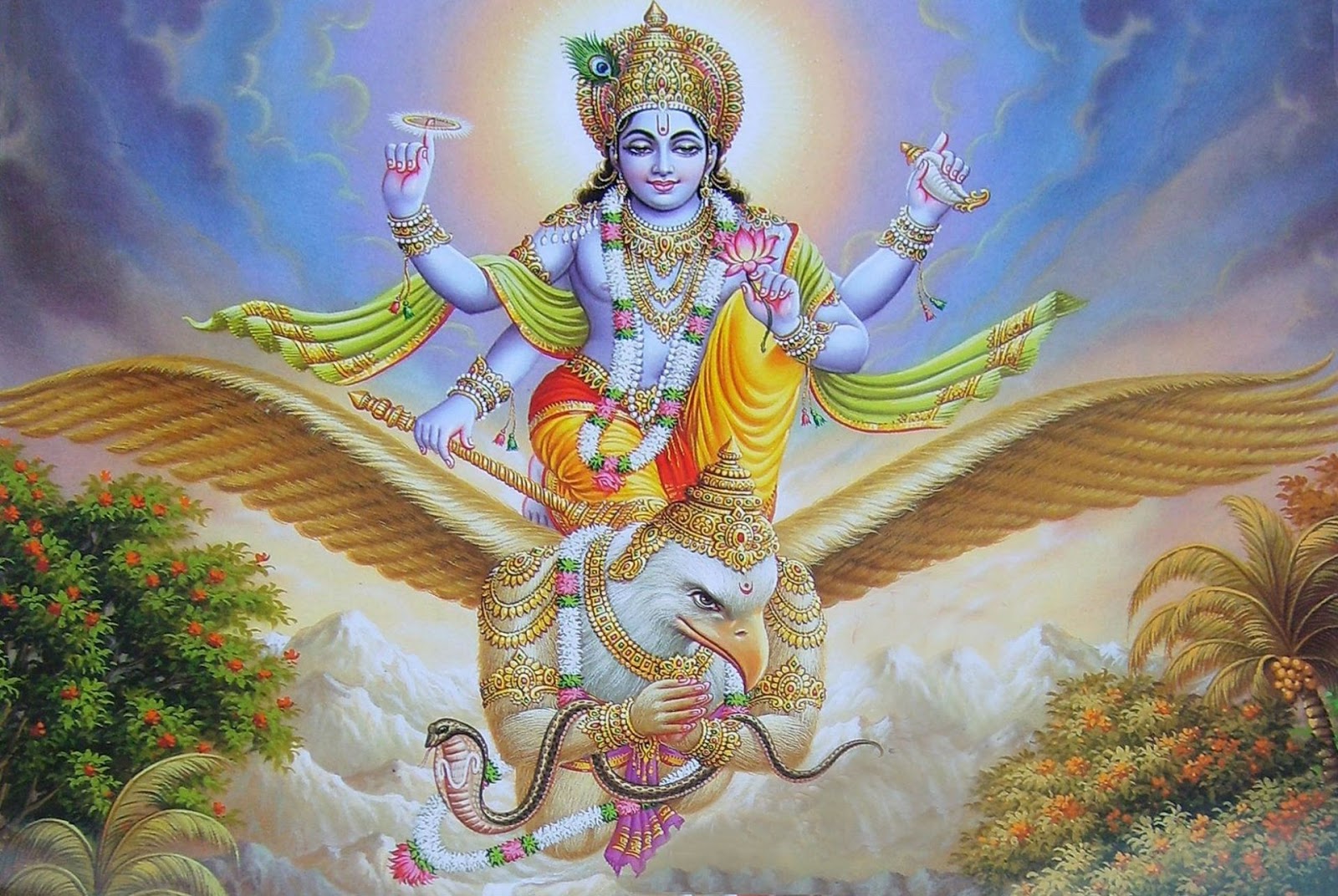The Glory of God : A Summary of the Srimad Bhagavata Mahapuranam : 3.2 - Swami Krishnananda.
-----------------------------------------------------------------------------------
Monday, May 10, 2021. 07:40. AM.
Chapter 3 : KAPILA’S INSTRUCTIONS TO DEVAHUTI -2.
-----------------------------------------------------------------------------------
That is the reason why God as a Supreme Person is considered as magnificently beautiful. It is a great art presented before us, an attraction which satisfies not only the mind, the feeling and the heart, but even the sense organs which seek the perception of beautiful form. That is how Maharishi Kapila describes God as the Marvel of marvels. We also have this type of description in the vision of Narayana that was granted to Brahma, partly in the Second Book and in the early part of the Third Book of the Bhagavata. God is always considered as a divine protector, a parent—a father and mother. The feelings of satisfaction, affection, and aesthetic completion go together in our worship of God. This is the reason why in every religion God is considered as a Supreme Person.
We also have in our scriptures the description of the Mahapurusha, Purushottama. Ato’smi loke vede ca prathitaḥ puruṣottamaḥ (B.G. 15.17), says Bhagavan Sri Krishna in the Bhagavadgita. We cannot describe Him in any other manner except as Purushottama, the best of all purushas. Here the word ‘purusha’ does not connote a male being, but means an inclusiveness of all particulars, bereft of the distinction of male and female. We cannot say whether God is male or female, because that majesty is so complete that we cannot describe God section-wise or partially in terms of social connotations.
How does Maharishi Kapila describe the majesty of God, so that we may contemplate on Him? Yesterday I mentioned the Zen technique of attention paid to minute particulars of anything which becomes the object of concentration. Here is a similar description of meditation on every minute part of the body. The visualisation of God rises gradually from His feet to the cosmic apex of His head, which is all-pervasive. There are Sanskrit stotras which are called Vishnu Padadikeshantavarnanam—or, in a reverse way, Vishnu Kesadi-padanta-varnanam. From the conceived hair of the Supreme Person down to the feet, and in the other order, from the feet to the Supreme head with His hair, is a kind of vipasana meditation of a mysterious type, taking the mind from top to bottom and from bottom to top. We are looking at God from head to foot in all His finery, completeness, beauty, ability and omnipotence.
Because of the magnificence and the might of God, the mind may not be in a position to conceive the whole of Him in one stroke. Even when we look at an ordinary individual, we cannot visualise the entire person at one stroke. We see only some part of the person for the purpose of our practical activity, and concentration on every limb is not done, generally speaking. But in order to attract the attention of the mind to the beauty and perfection in every part of the body of God, it is said that everything is madhuram. Adharam-madhuram—everything is sweetness, like sugar candy, where we cannot say that any part is not sweet.





Comments
Post a Comment